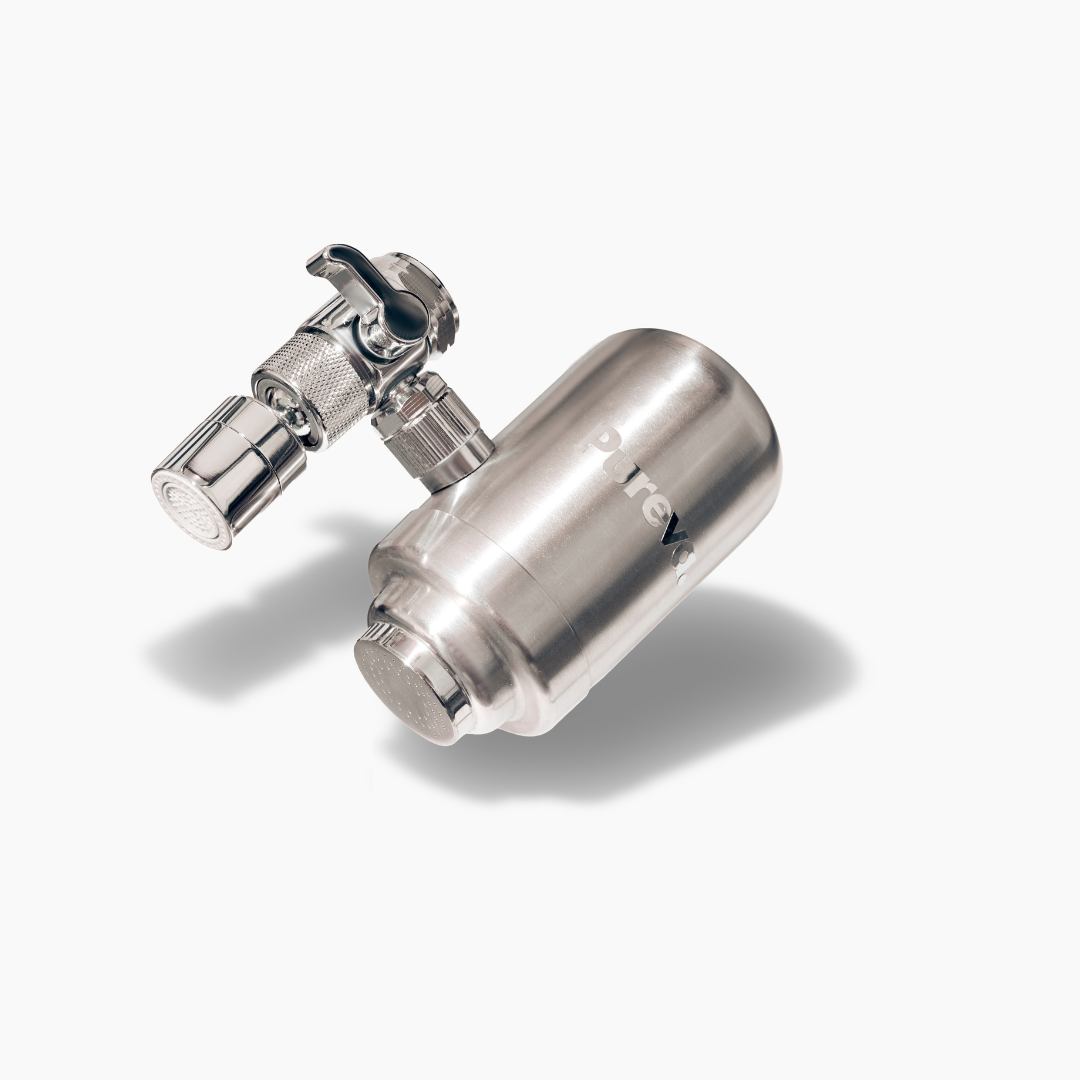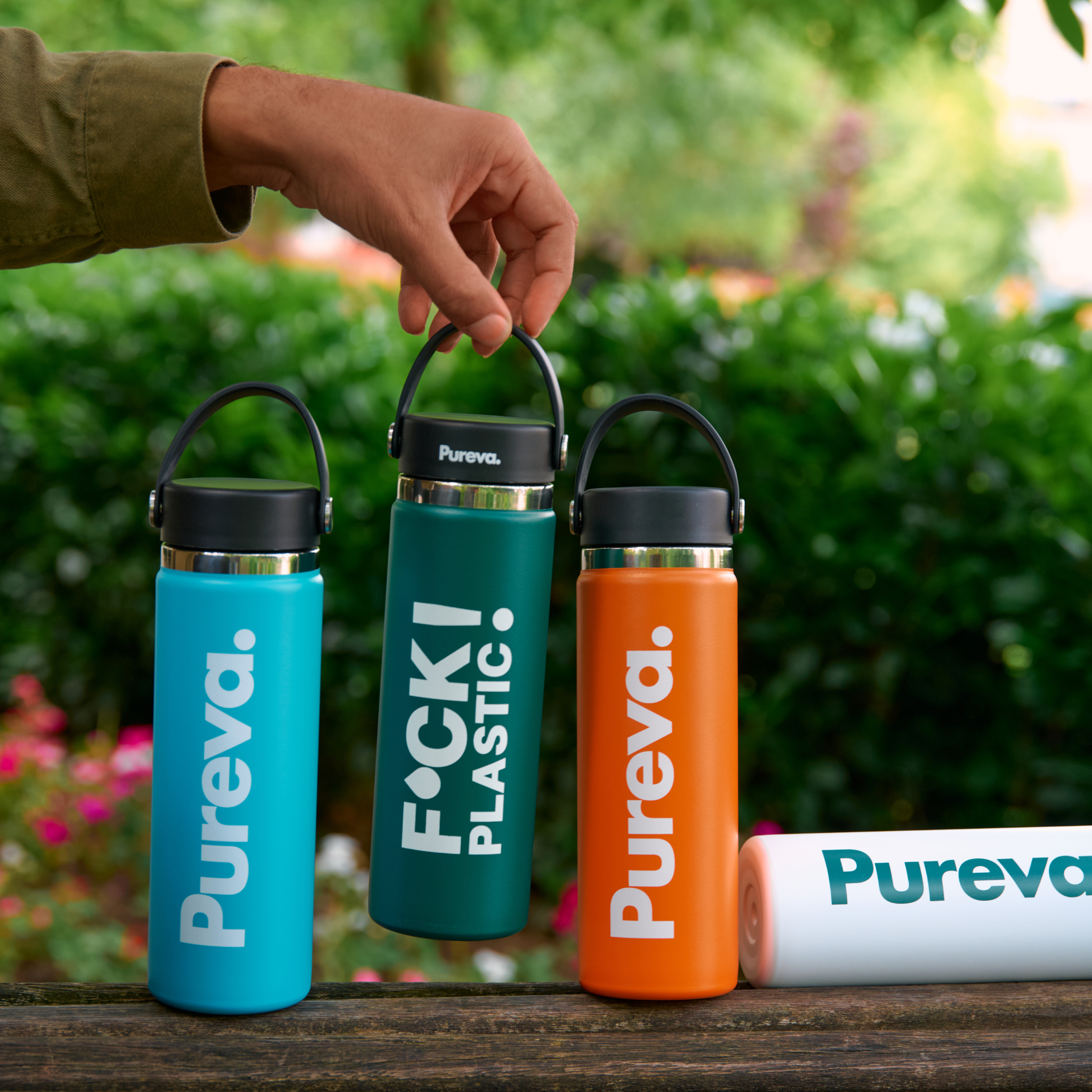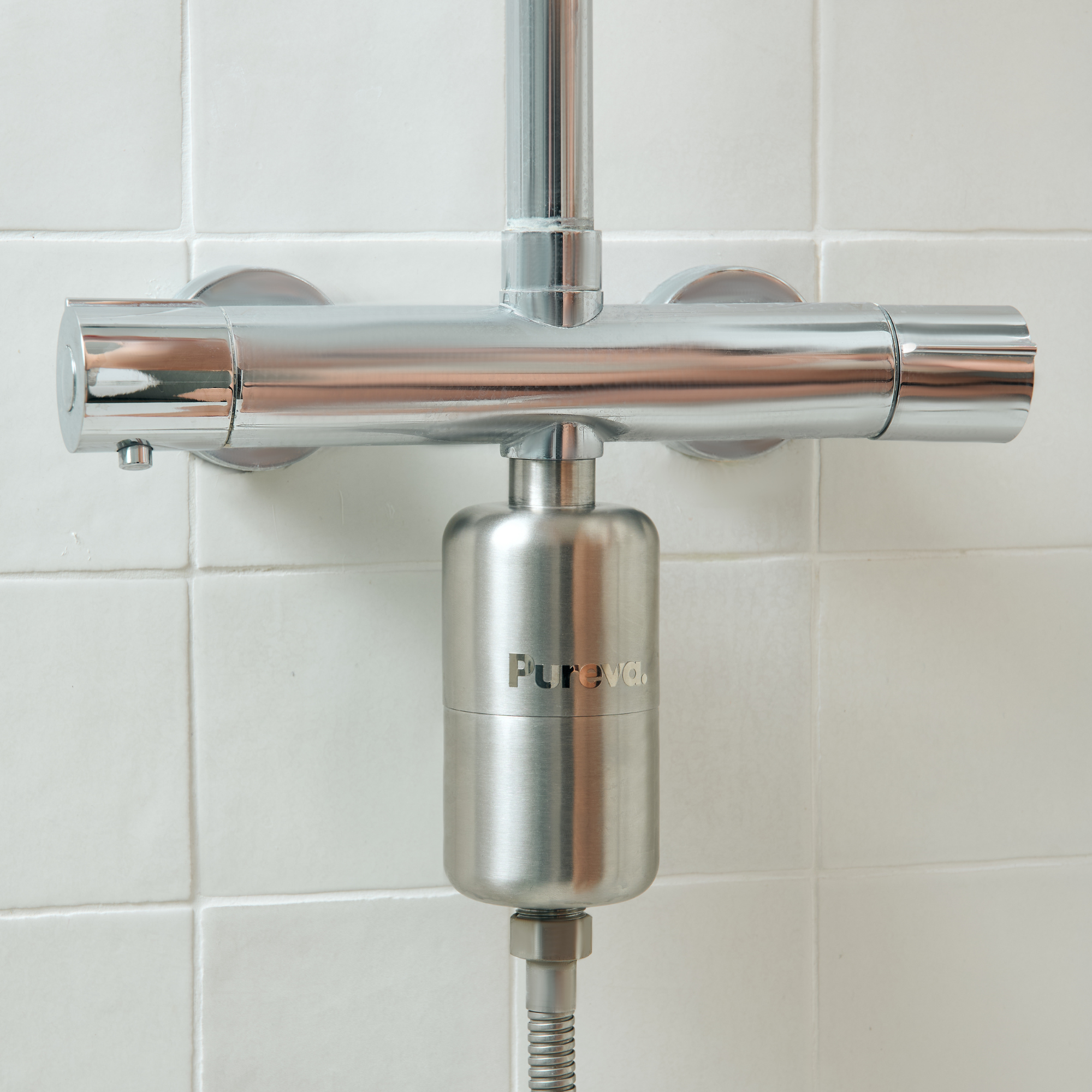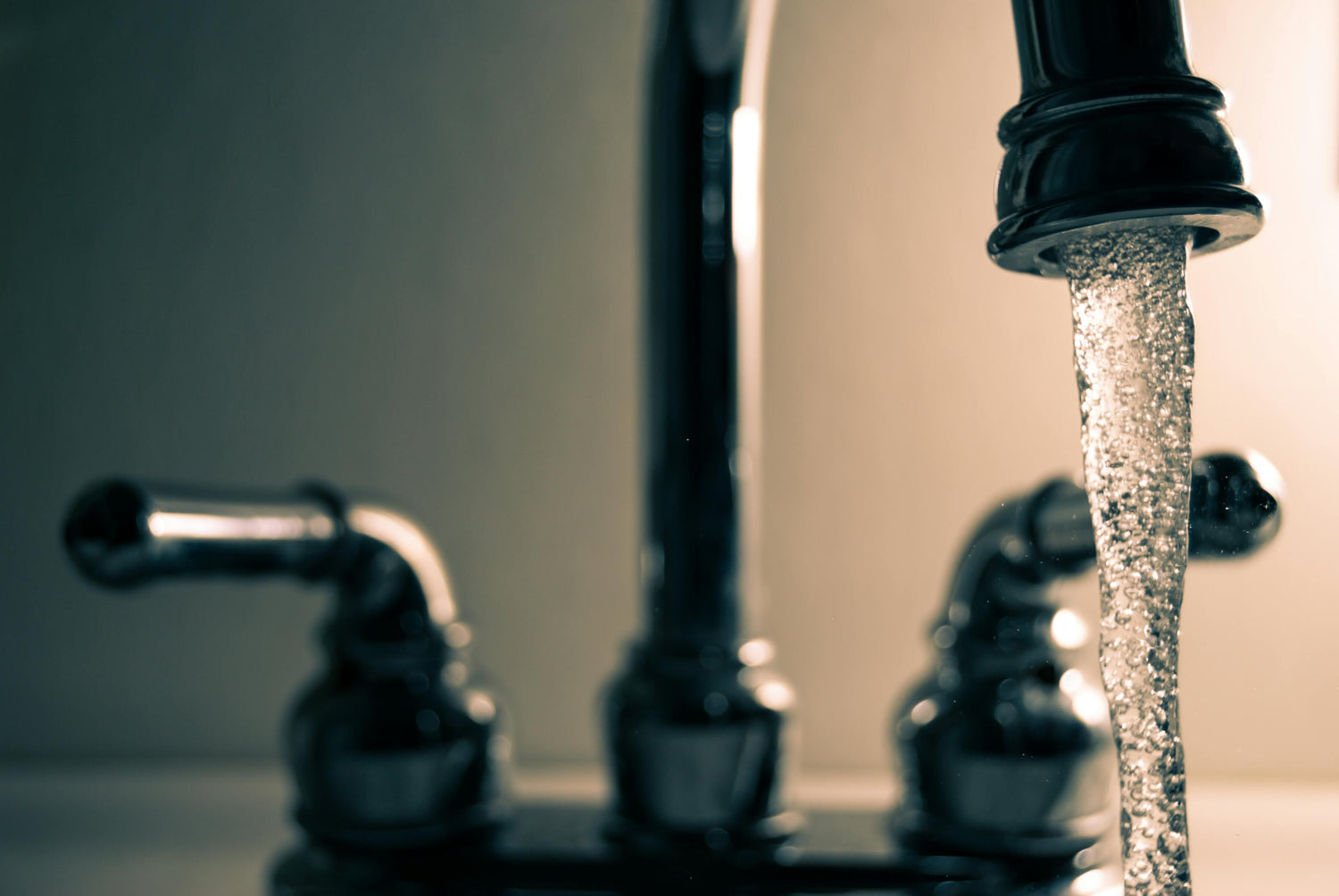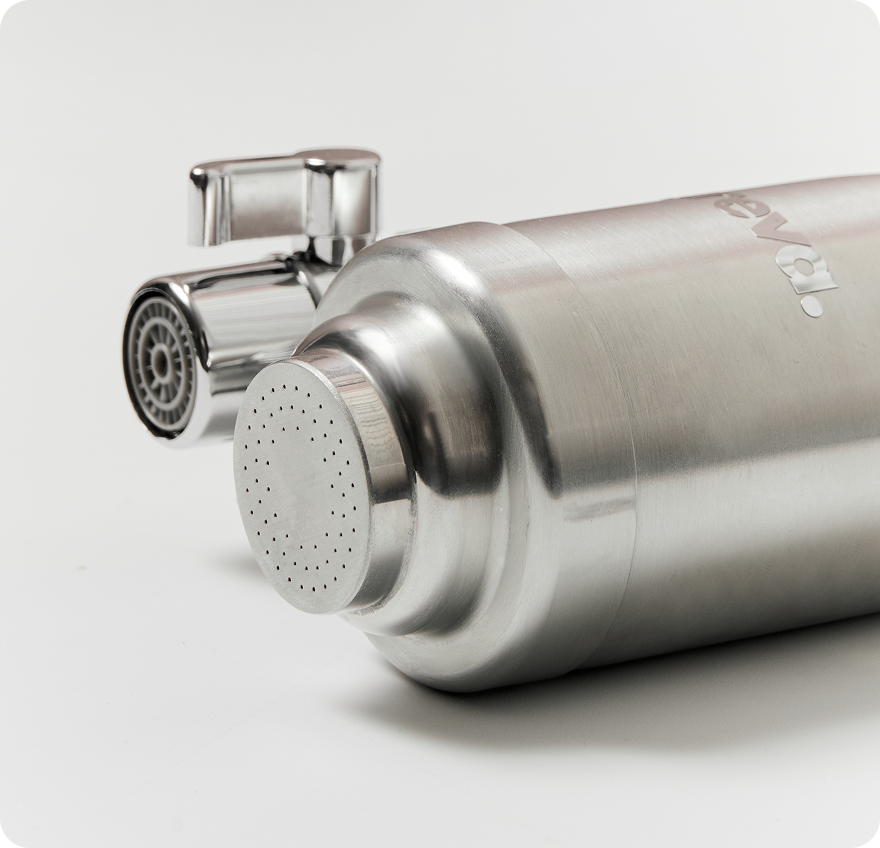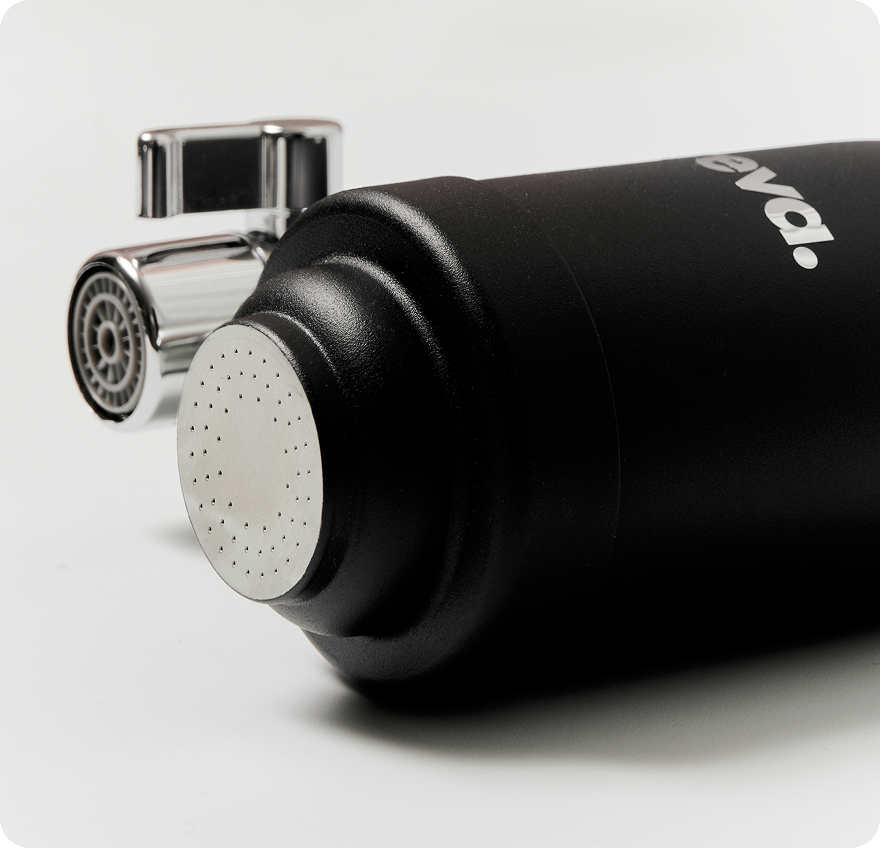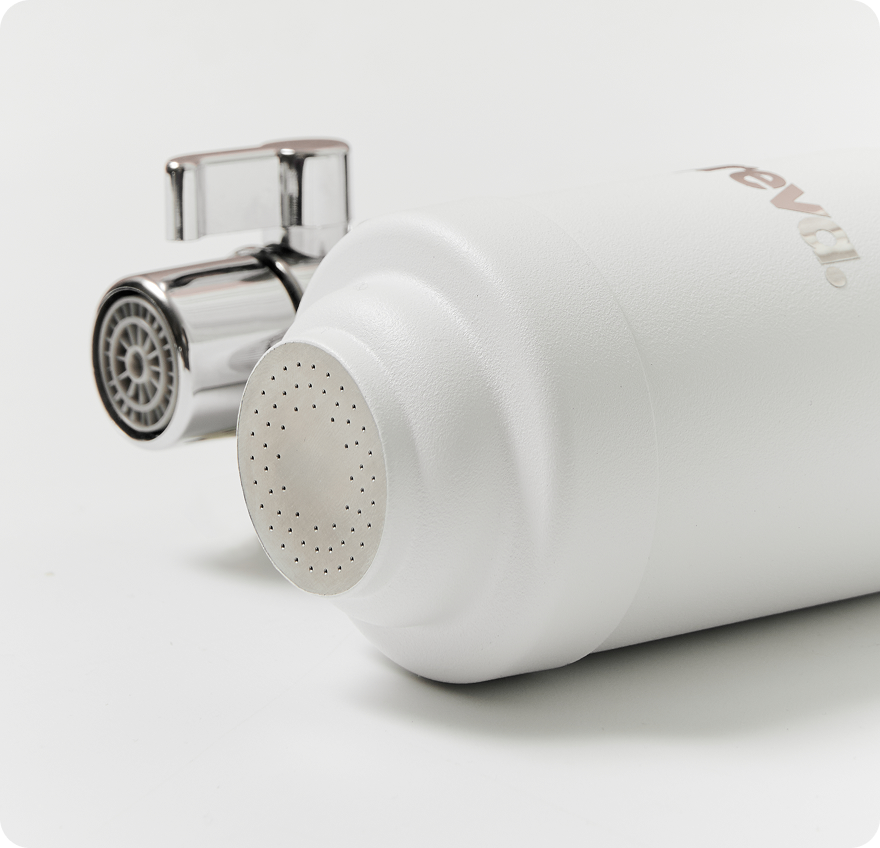Alongside the eternal pollutants (PFAS) that are increasingly affecting distribution networks, consumers are also asking many questions about the dangers of chlorine in tap water. This compound can cause discomfort and even health problems in the event of prolonged exposure , particularly for the most vulnerable people. It is also important to know that depending on the chlorine level in tap water , the taste can be affected. We help you better understand the risks of this chemical element and offer accessible solutions at the end of the article to remove chlorine from your tap water .
Is chlorine in tap water dangerous?
It's legitimate to ask whether chlorine in tap water is dangerous , since it's the most commonly used disinfectant for treating drinking water . This chemical element is not risky in its current state, and reducing it at the source without an alternative decontamination solution is strongly contraindicated. However, its supposed impact on long-term consumption should not be overlooked.

What are chlorinated by-products (CBPs)?
Chlorinated by-products (CBPs) are compounds resulting from the degradation of organic matter in contact with chlorine . Among the best known are trihalomethanes (THMs) and haloacetic acids (HAAs) . These substances can be found in the water distribution system, particularly when microorganisms are present. THMs, the most common of which is chloroform (also known as trichloromethane – CHCl₃), are the main pollutants formed during the chlorination of drinking water . Other compounds such as bromoform, bromodichloromethane and dibromochloromethane are also detected. In reality, the question of the consequences of chlorine in drinking water mainly concerns the concentration of these chlorinated by-products. While chlorine effectively destroys microorganisms and helps reduce the bacteriological risk throughout the network, its reaction with organic matter increases the level of CBPs present in the distributed water.
What is the normal level in water?
The level of chlorine in water is not subject to a strict legal limit in France and the European Union, but regulations require the preservation of taste and olfactory quality, in addition to compliance with health constraints. The normal level of residual free chlorine at the end of the circuit is generally maintained between 0.1 and 0.2 mg/l . This is well below the limits imposed by the World Health Organization (WHO), which are 0.5 mg/l.
Regarding chlorinated by-products, the maximum imposed by French regulations is 100 µg/l. This ceiling takes into account all THMs in addition to chloroform. AHAs are limited to 60 µg/l (source: Anses).
What are the health effects of chlorine?
The health effects of chlorine in tap water are numerous and it is important to understand them in order to better identify them. The real health problem mainly comes from exposure to SPCs . Indeed, chronic consumption of trihalomethanes (THMs) / chloroform and AHAs (haloacetic acids) can lead to adverse effects.

Skin irritations and reactions
One of the most common consequences of chlorine in your water is skin irritation and dryness. For example, after showering, you may experience itching and tightness. Hair can also become rough from exposure to this chemical compound used to disinfect tap water . Eczema can occur in more sensitive individuals, such as those with atopic skin. Just like in a swimming pool, chlorine can cause conjunctivitis when bathing or showering. However, the low concentration of the product minimizes this risk for the majority of the population.
Digestive disorders
Consuming too much chlorine in tap water can cause digestive problems , such as bloating or discomfort. An overdose can also cause irritation of the intestinal mucosa. However, constant monitoring of the networks by each municipality in France minimizes this risk.
Respiratory risks
Hot water vapor, especially from showering, can release chlorine into the air. This vapor can trigger or worsen breathing problems in people with respiratory conditions and asthmatics.
The problem of SPCs
Scientific studies on the use of chlorine have demonstrated its role in disinfecting water at an affordable cost for the entire population. It is particularly effective against bacterial, viral, and fungal infections. However, SPCs resulting from the degradation of biological particles are suspected of having an impact on metabolism. According to Public Health France, indicators point to a possible link between exposure to SPCs and certain bladder conditions. The breasts, kidneys, and pancreas may also be exposed.

So is it not recommended to drink tap water?
The question often arises: should we avoid drinking tap water because of chlorine? In reality, 47% of the population continues to drink bottled water, with all the environmental problems this entails. In 2022, 68% of French people said they regularly drink tap water, compared to only 53% in 2001. This demonstrates a positive shift in the perception of tap water, driven by awareness campaigns, efforts to ensure transparency on quality, and a greater environmental awareness .
In France, drinking tap water is safe. The main obstacle for many consumers remains taste, due to an unpleasant odor or taste. This phenomenon is often more pronounced after heavy rains, when water treatment plants are particularly busy. In some regions, tap water is also more chlorinated and may contain a higher concentration of residues or PFAS (per- and polyfluoroalkyl substances).
For greater peace of mind in the face of increasing contamination by PFAS and other particles, solutions exist to improve the quality of tap water without having to resort to plastic bottles.
Effective solutions
The simplest solution to remove chlorine from tap water is to let the drink sit and aerate in a pitcher for about thirty minutes. However, this does not remove any unwanted particles.
Another practical way to reduce chlorine is to use a filter. Alongside traditional filters, new solutions are now emerging that significantly improve user comfort, such as the Pureva water filter , which connects directly to the faucet.
Is it bad to remove 100% chlorine from tap water?
Adding chlorine helps ensure the sanitary quality of the water and eliminates any risk of biological contamination. Therefore, for the time being, it is unthinkable to remedy this. If you want to reduce the characteristic taste of chlorine and limit its potential effects, filtration is effective. You simply need to consume the filtered water without waiting several days.

